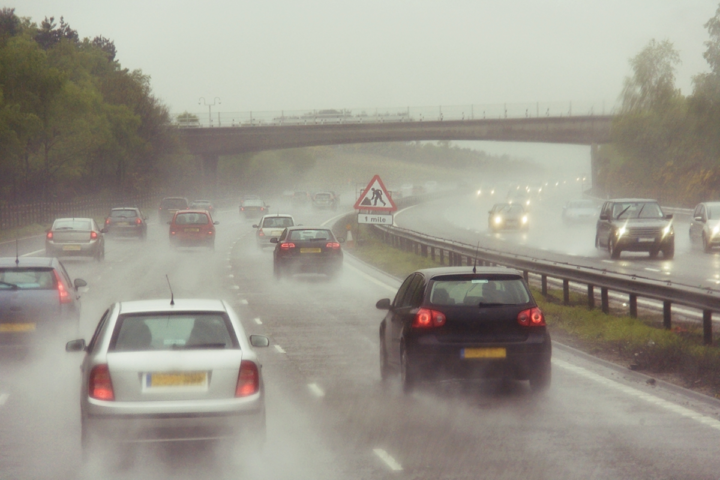
With the Met Office issuing warnings for ice and snow and the threat of flooding from the Environment Agency, 2022 is already starting with challenging driving conditions on the roads.
My guys have some bright ideas for ensuring your car will get you from A to B safely.
The 20p coin safety check
To make sure you can get going, check your tyres regularly to reduce the risk of an incident while out on the road.
You can check your tyres’ tread depth with a 20p piece. The outer rim of the 20p is approximately 2.6mm, so drivers can insert the coin into the tyre’s tread and gauge how much of the border remains exposed. If the coin is entirely hidden, tread depth is likely to be above the legal limit; if any more than the slightest amount of the coin’s rim is visible, my guys can check this professionally for free.
The shape of tyres
You should also check that all tyres are inflated correctly for optimum performance and safety. The correct tyre pressures can usually be found on a sticker in your car’s door shut, filler cap or in the manual.
Use an accurate pressure gauge to ensure they are suitable for the load as part of your pre-journey planning.
You should check the condition of all tyres for signs of anything out of the ordinary: check for bulges, cracks, cuts, and embedded objects. At Mr T Autos, we can help advise you on what to do next and help remove objects caught between grooves in the tread.
Why tyre health is important
Adequate tread depth is essential, especially when there is significant standing water. Tread clears water between the road surface and the tyre – as much as a bucket full every seven seconds on a new tyre.
The lower the tread, the less water it can clear, increasing ‘aquaplaning’ chances.
Also known as ‘hydroplaning’, aquaplaning is caused when a layer of water builds up between a vehicle’s tyres and the road’s surface. When this happens, tyres are not effective in contact with the road, making any attempts by the driver to steer, brake or accelerate ineffective – in other words; they’re out of control.
To help avoid aquaplaning, you should adjust your driving style to suit road conditions. If there is lots of standing water, you slow down and leave more distance between you and the vehicle in front. Should you find yourself aquaplaning, gently lift your foot from the accelerator and allow the vehicle’s speed to reduce naturally. This action will allow the tyres to regain a grip on the road.
Poor visibility and dull drivers

You may notice at night that there are out there a few drivers using vehicles with defective headlights. They may not know because they haven’t checked. But driving with one headlight working causes a significant risk to themselves and others on dark days and wintry nights. One working headlight means other drivers have only 50 per cent of the light they should have, and the missing light risks confusing other road users who may think there’s a motorbike approaching.
Parking and slow speed manoeuvring are also riskier, as the absence of light impacts parked vehicles, walls, posts, and trees are much more likely.
Be safe and considerate
Lights are not only for illuminating the road ahead in the dark at this time of year. Switch your dipped headlights on for gloomy winter days so that you are safely visible to other road users.
It would be best to use dipped headlights on every journey during winter and not assume that a car’s automatic light settings would guarantee safety and visibility.
At a glance highlight for your headlights
- Carefully check your lights before setting off to ensure they’re free from dirt and ice and ensure they’re working correctly.
- Dirt, ice, snow, and frost reduce the effectiveness of your car’s lights, and it’s an offence to drive with obscured lights.
- Get any defective bulbs replaced immediately; my guys can help. A bulb failure on your car compromises your safety and increases the risk to other road users.
- See and be seen. Look after your vehicle’s lights, and you will be helping to make the roads safer.
- Use dipped headlights for every journey at this time of year. Don’t rely on daytime running lights, as they won’t brighten the road ahead for you, and you may find you have no rear lights showing at all.
My guys are here to help. Get in touch if you need an MOT, repair, or advice. Call us on 01628 788 880 or book via info@mrtautos.co.uk, message us on Facebook, or find us on NEXTDOOR.

